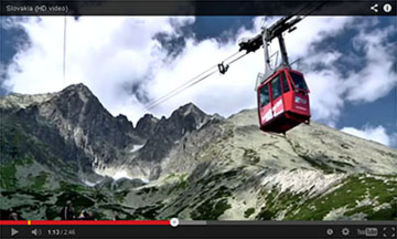NITRA is not only the oldest town of Slovakia, it is now an important economic centre of the western Slovakia, seat of two universities and agricultural education and research.
HISTORY
Nitra is referred to as the oldest urban formation in Slovakia, as it exists since the 870s AD. The Principality of Nitra ruled by Prince Pribina was formed here at the turn of the 8th and 9th centuries. Pribina was the first known ruler of the Slav tribe considered the predecessor of Slovaks. Pribina had the first Christian church built in the territory of what is now Slovakia, particularly in Nitra in 828.
The Principality of Nitra survived the following two centuries to become part of the Kingdom of Hungary afterwards. The Archbishopric of Esztergom was founded in 1000 and the area of Nitra became its Bishopric. Two valuable written documents known as the Documents of Zobor are still deposited in the archives of the Nitra Bishopric. They were written in the years 1111 and 1113.
Nitra became the free royal borough on 2 September 1248 when King Belo IV granted privileges to the Lower Town of Nitra. The Castle of Nitra with the Upper Town remained property of the Bishopric, but the short history of Nitra as the free royal borough ended in 1288 when it became the yeoman town, which in spite of it withheld certain autonomy.
MONUMENTS
The buildings in the historic centre are parts of the Town Monument Reserve.
The dominant of the town is the Castle of Nitra with the Cathedral of St Emeram.
The Upper Town was founded below the Castle and became part of its Gothic fortifications. Its present Baroque-Classicist appearance consists of the Great Seminar, Franciscan monastery and the County House. Visitors to this part of the town will certainly stop at the Empire house of Bishop Kluch (U Corgoňa) from 1818-1821 and at its corner the statue of Corgoň, which also gave name to the local beer, stands.
Other interesting monuments are the Monastery with the church of Sts Peter and Paul and the Piarist monastery and church.
RECOMMENDED TRIP
The trip to the top of the Zobor Mt. offers a wonderful view of Nitra and its environs and pleasant walks in the landscape park which also contains the instructive path Zobor. The road from Zobor passes through the viticultural part of the town with little taverns inviting the passers-by to taste the exquisite local wine.
Source: Vydavateľstvo Dajama






































